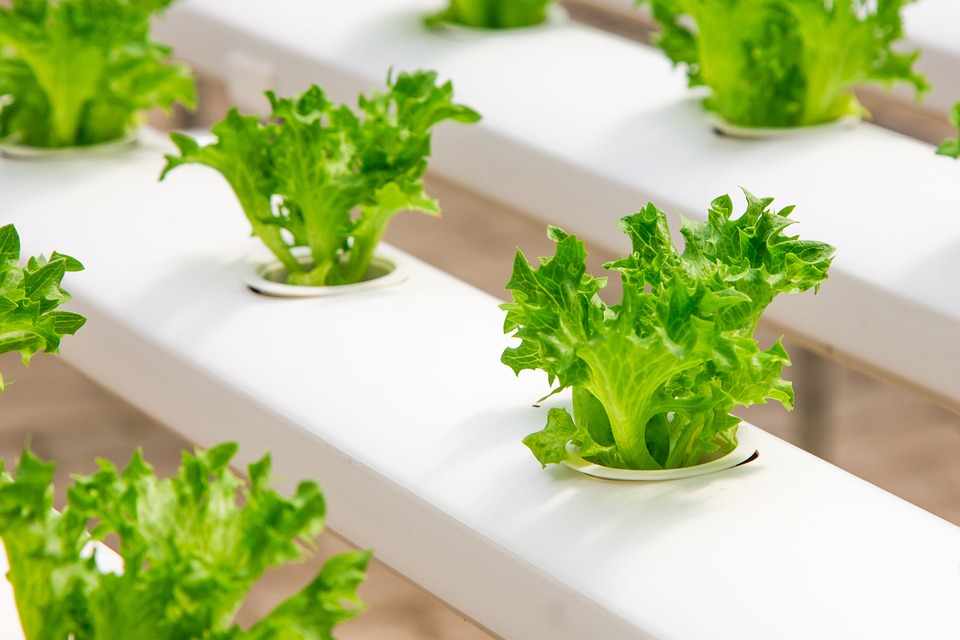Harvesting Sustainability: How to Create a Sustainable Garden That Benefits Both You and the Environment
I vividly remember the first time I planted my own sustainable garden. I had just moved off the grid, and the idea of growing my own food excited me. I had always been passionate about sustainable living and farming, so this felt like a dream come true. As I watched my plants grow and thrive, I realized the true beauty of sustainable gardening. Not only was I able to provide myself with fresh, organic produce, but I was also contributing to the health of the environment. Over the years, I have honed my gardening skills and learned valuable lessons about creating a truly sustainable garden. In this article, I will share my tips and insights on how to create a sustainable garden that benefits both you and the environment.
Choosing the Right Location for Your Garden
One of the most important aspects of creating a sustainable garden is choosing the right location. Whether you have a small backyard or plenty of acreage, it’s crucial to consider the sunlight, water source, and soil quality of the area where you want to plant your garden. Make sure to choose a spot that receives plenty of sunlight throughout the day, as most fruits and vegetables require at least six hours of direct sunlight to thrive. Additionally, having access to a water source, such as a rain barrel or a well, will help reduce your reliance on non-renewable resources. Lastly, testing the soil quality and fertility of the area will give you a clearer understanding of what can grow successfully in that location.
Pro Tip: If you have limited space, consider setting up a vertical garden. This innovative approach allows you to grow a variety of plants without taking up much space, making it an excellent choice for urban dwellers or those with smaller yards.
Choosing the Right Plants for Your Sustainable Garden
Once you have determined the ideal location for your garden, it’s time to choose the right plants to grow. Sustainable gardening is all about cultivating a diverse range of fruits, vegetables, and herbs that not only benefit you but also support the local ecosystem. Consider planting native species that are well-adapted to your region’s climate and soil conditions. These plants typically require less water and maintenance, making them a more sustainable choice. Additionally, cultivating a variety of plants will attract beneficial insects and pollinators to your garden, creating a naturally balanced ecosystem.
Incorporating Permaculture Principles
Permaculture is a sustainable design system that mimics the patterns and relationships found in nature to create self-sustaining and regenerative ecosystems. Incorporating permaculture principles into your garden can greatly enhance its sustainability. For example, practicing companion planting, which involves growing compatible plants together, can help protect your garden from pests and diseases without the need for harmful chemicals. Furthermore, creating a diverse range of habitats, such as incorporating a pond or bird-friendly plants, can attract a variety of beneficial wildlife to your garden.
Pro Tip: Consider implementing a rainwater harvesting system to collect and store rainwater for irrigation. This will help conserve water and reduce your reliance on traditional irrigation methods.
Minimizing Waste and Using Recycled Materials
Sustainable gardening goes beyond just growing organic produce; it also involves minimizing waste and reducing your ecological footprint. Consider using recycled and repurposed materials for garden projects, such as raised beds, trellises, and compost bins. This not only reduces the demand for new resources but also adds a unique touch to your garden. Additionally, practicing composting and mulching can help minimize organic waste and enrich the soil, creating a closed-loop system within your garden.
Creating a Wildlife-Friendly Habitat
A sustainable garden is not just about growing food; it’s also about creating a healthy and balanced ecosystem that supports local wildlife. Incorporating wildlife-friendly features, such as bird feeders, bat houses, and butterfly gardens, can attract beneficial creatures to your garden, which in turn can help control pests and contribute to the overall health of your garden. Moreover, providing a safe and natural habitat for wildlife is a vital part of sustainable gardening, as it supports biodiversity and promotes a harmonious relationship between humans and nature.
Pro Tip: Consider leaving some areas of your garden wild and undisturbed to provide nesting sites and shelter for wildlife. This will create a diverse and thriving ecosystem within your garden.
In conclusion, creating a sustainable garden is a rewarding and fulfilling endeavor that benefits both you and the environment. By choosing the right location, selecting the right plants, incorporating permaculture principles, minimizing waste, and creating a wildlife-friendly habitat, you can cultivate a garden that not only provides you with fresh, organic produce but also supports the local ecosystem. Through sustainable gardening, we can all play a part in promoting a healthier and more sustainable future for our planet.
So, roll up your sleeves, dig in the dirt, and get ready to harvest sustainability in your own backyard!



